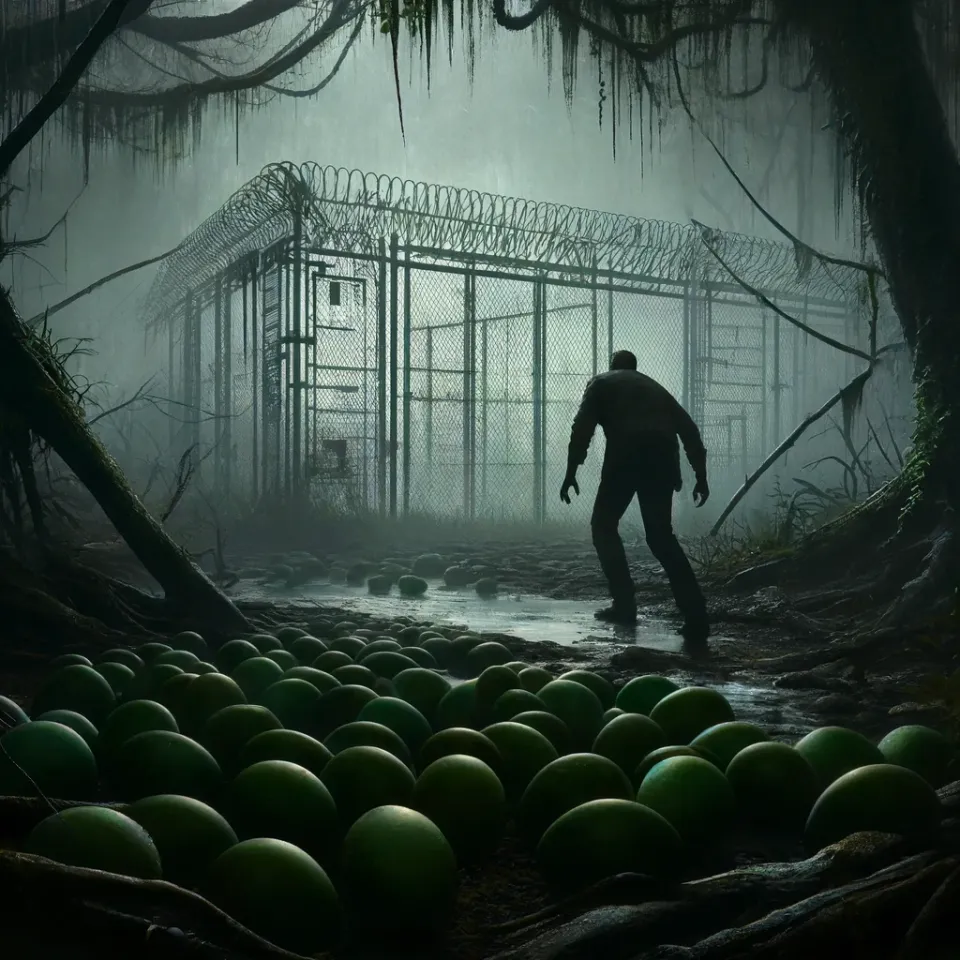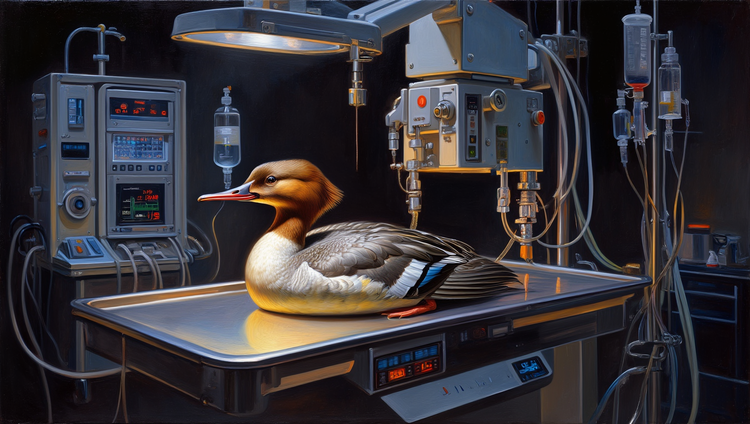The Cassowary

Silence. I exhaled between footsteps. The leaves were wet, but even a small noise might give me away. No water bottle, no camera, no dangling binoculars to click against each other. A waterproof notepad and pencil, tucked into my back pocket, were the only items on hand. I really did not want to f**k this up.
It's true that getting close to any wild bird requires some stealth and patience, but stalking a six foot tall avian dinosaur with a five inch dagger on the end of its toe adds a whole other layer of risk. This isn't "birding" in the sense of those socially awkward people with telephoto lenses "pssh"ing sparrows out of the bushes on your favorite mountain biking trail. I was after a bird of consequence.
Male cassowaries are nest defenders. The female lays a clutch of pale green eggs the size of a hoagie roll, then leaves the male in charge for the next couple of months. The nest is on the ground, as is the dad. At over a hundred pounds he's far too heavy to fly. But he's plenty fast on land, from resting to 30 mph in a few seconds. At the end of their big toe is a modified claw called an inner tarsal spur. Just imagine the tip of a spear. If the nest is threatened, the bird will focus its heft and speed into the sharp point at the end of this toe, kicking directly at the unprotected innards of any would-be intruder. Cassowaries were the inspiration for this scene from Jurassic Park.
I knew a hell of a lot about cassowaries. In fact, I was on the leading edge of cassowary science. My internship at this game park was coming to an end, and all I needed were some field observations on this pair's latest clutch of eggs. If I could find them, record any visible pathology, and add the data to my project I'd have a fresh contribution to the murky picture of captive Casuaris reproductive biology.
It's true, I hadn't actually seen a cassowary yet, though. I'd spent a lot of time with the concept of a large, dangerous bird in an abstract, text-based way. I knew the percentages of egg morbidity at this park going back for the past two decades. But the actual, physical presence of the aforementioned murderbird in my vicinity required activation of a different part of my brain.
So I stayed low, tip-toeing along the six foot fence and keeping a sharp eye out for the electric blue of the bird's neck, which gets especially vivid when it's mad. I stayed cool. There are very times around wild animals where it pays to panic. I think, if you are actively being eaten, it might be a good idea to panic. But opinions vary among professionals.
I saw the eggs first. Three, beautiful seafoam green eggs, each the size of a hoagie roll. My heart was thumping. Audibly? I didn't think so. Best just scan the foliage, see if Papa is watching me. Boy is it hard to see very far in a dense, subtropical forest. A mottled mess of brown and green, saw palmettos and longleaf pine trunks blend in with the decaying leaf litter. But nothing bright blue, no gleaming black eyes full of hatred. And no sound.
Fighting the shaking of my hands, I brought out my notebook. The eggs were in a clearing, about thirty yards away. Did they show any signs of environmental stress? Were there any lesions suggestive of Salmonella infection? Is that one of the diseases I read about? S**t, it's really hard to see!
I swear I heard a twig snap behind me. The turn of my head came a split second after the monumental effort to keep my body in place. Don't run. Don't panic. Just look and hold your ground. Slowly wiping the sweat from my brow, I looked into the damp pine forest behind me, ready to shout "Clever boy!" as my insides were spilled onto the ground.
Nothing came.
I let out a soft exhalation. Just to cool my nerves. It may have muffled the cassowary's initial steps. Because by the time I heard them, they were loud, and rapidly getting louder. They came so fast, and from directly behind me, that I had just enough time to get my head around again before the bird was in the air, ten feet in front of me and rapidly closing, dagger-claw outstretched in a target-lock on my belly button. My amygdala sent out an APB to every neuron within shouting distance: Violent Death Imminent.
I later calculated the probable impact force, about 4,000 Joules¹ concentrated in the tip of the toe. About the same as an apple flying at the speed of a private jet. But I never felt it. Several inches away from my abdomen stood a chain link fence, housing the cassowary and its mate (and their clutch of eggs) inside this private game park in northeastern Florida. Their enclosure was several acres large, with the exact same foliage inside and out. No exhibit signage, no warning markers. Delineated by nothing more than the narrow band of woven steel between me and it.
Did I not mention the fence before? It shook hard. It was like a lightning bolt had hit it. Wild animals are so fast (especially when pissed off), that the bird got at least two more furious kicks against the fence before I became aware that I was still alive. I'm sure I stood there for at least four seconds– like a moron– before realizing that I wasn't gutted and dying on the spongy ground of a dark swamp. I lowered my head and ran off back to the park's office.
- KE=21×45.3592 kg×(13.4112 m/s)2=4,000 joules





Comments ()